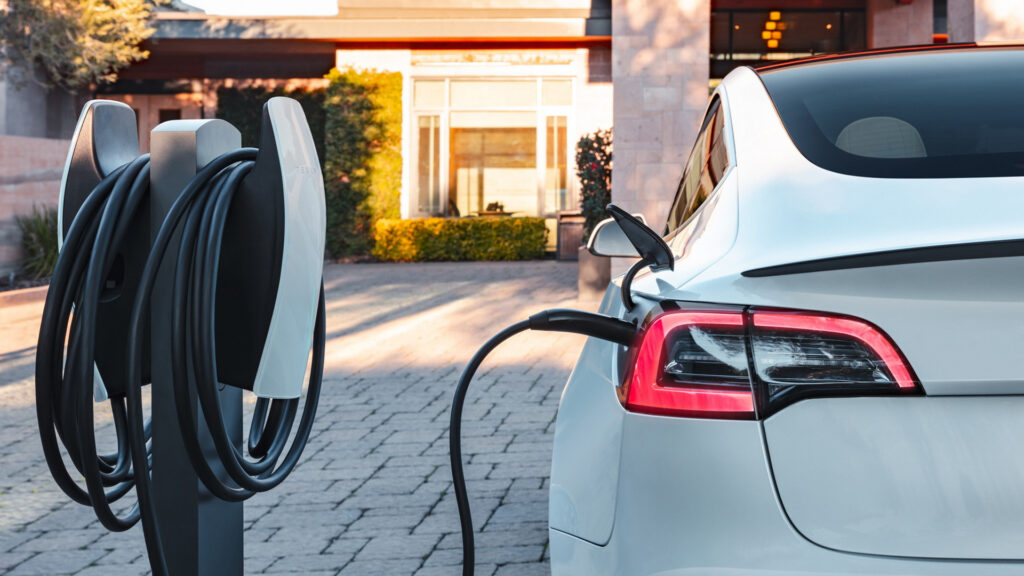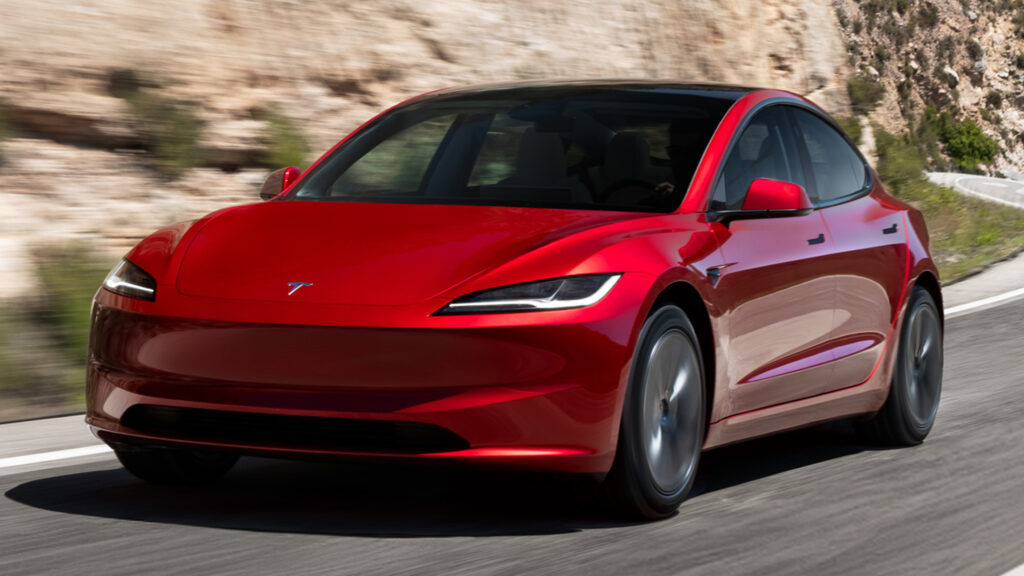Tesla Wants All Of You To Sell Its Cars For Free

- Tesla is offering a Model Y to the winner of its fan-made commercial contest.
- Participants must upload their ads to YouTube and tag Tesla on social media.
- The contest is open globally with region-specific prizes like Tesla Shop Credits.
Tesla has long shunned traditional forms of advertising, and for most of the past decade, this approach has worked out well for them. Thanks to Tesla’s often fanatical owners, the power of word of mouth helped them become from a fledgling EV startup to the world’s leading EV brand and comfortably the most valuable car company on the planet.
Read: Tesla Kicks Off First Discounts On Model Y Juniper
But the past year has thrown Tesla a few curveballs, and now it looks like the company is trying to claw its way back into the public’s good graces.
Enter TeslaVision Content
To help reinvigorate interest in the brand, Tesla has announced the ‘TeslaVision Content.’ It’s been launched eight years after the original video contest, where Tesla owners were tasked with creating a homemade commercial. The original contest was won by Marques Brownlee, also known as MKBHD on YouTube.
According to Tesla, the new contest has been created to celebrate the global rollout of the new Model Y. Owners and fans can submit a video that is 90 seconds or less, “showing how Tesla vehicles give you more in your life – more freedom, more safety, more fun, more convenience.”
Prizes Galore… But Mostly for North America
The winner of the grand prize in North America will walk away with a brand new Tesla Model Y as well as an all-expenses-paid trip to the Gigafactory in Texas. The 2nd and 3rd place winners will receive a free trip to the same factory and enjoy a private tour. There are different prizes in other markets. For example, for anyone living in Hong Kong, Malaysia, the Philippines, Singapore, and Thailand, the grand prize is $830 in Tesla Shop Credits.
In Australia, the best fan-made commercial will get a trip to Tesla’s Gigafactory and enjoy a Cybertruck and Full-Self Driving experience. The 2nd place prize is a 2-day Model Y loan and 2 nights’ accommodation at a selected Tesla Destination Charging location. Yes, that’s a real prize. The pleasure of staying at a charging station.
The reason behind the contest is obvious: free promotion. All participants must upload their commercial to YouTube. Additionally, they need to make posts on X and Instagram, tagging Tesla and the words ‘TeslaVision contest.’
The clock’s ticking. All submissions must be in by July 17, with winners announced by August 16. Get creative, because Tesla is counting on you to sell their cars for them.










































